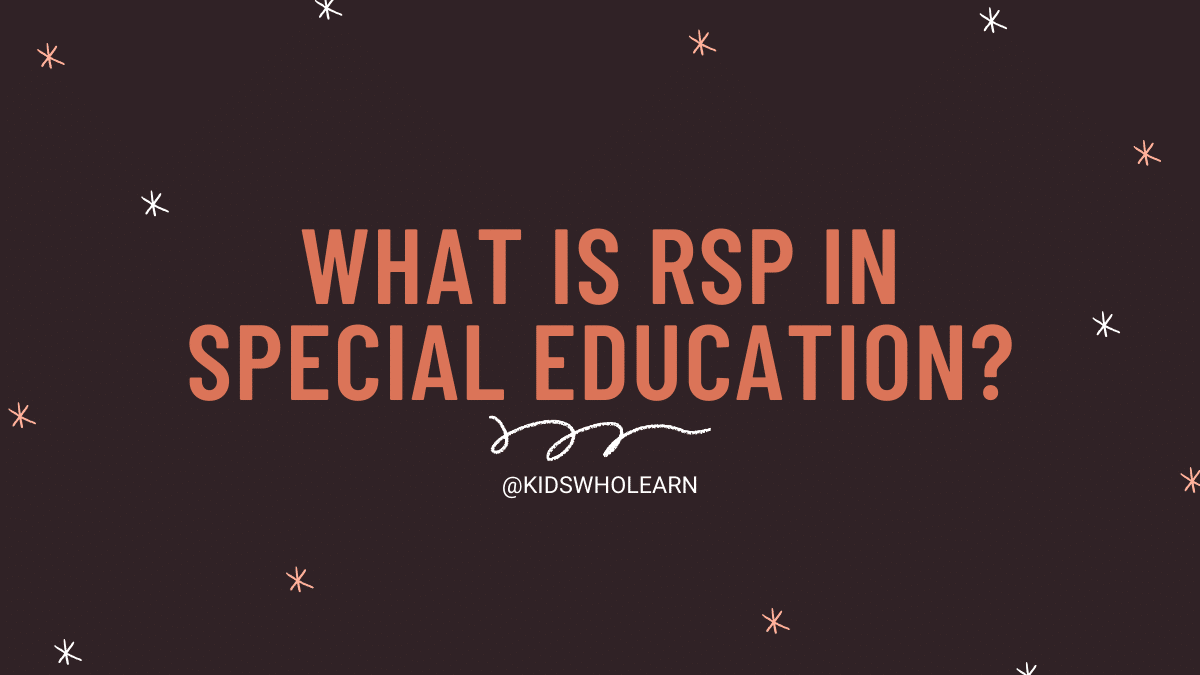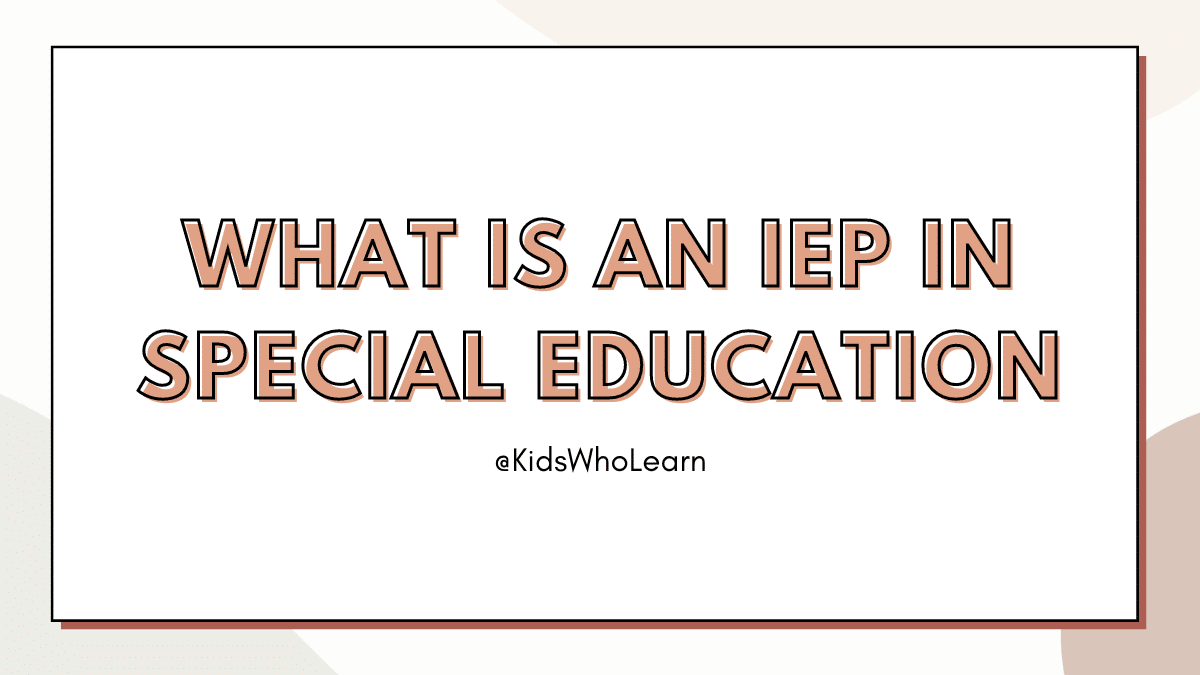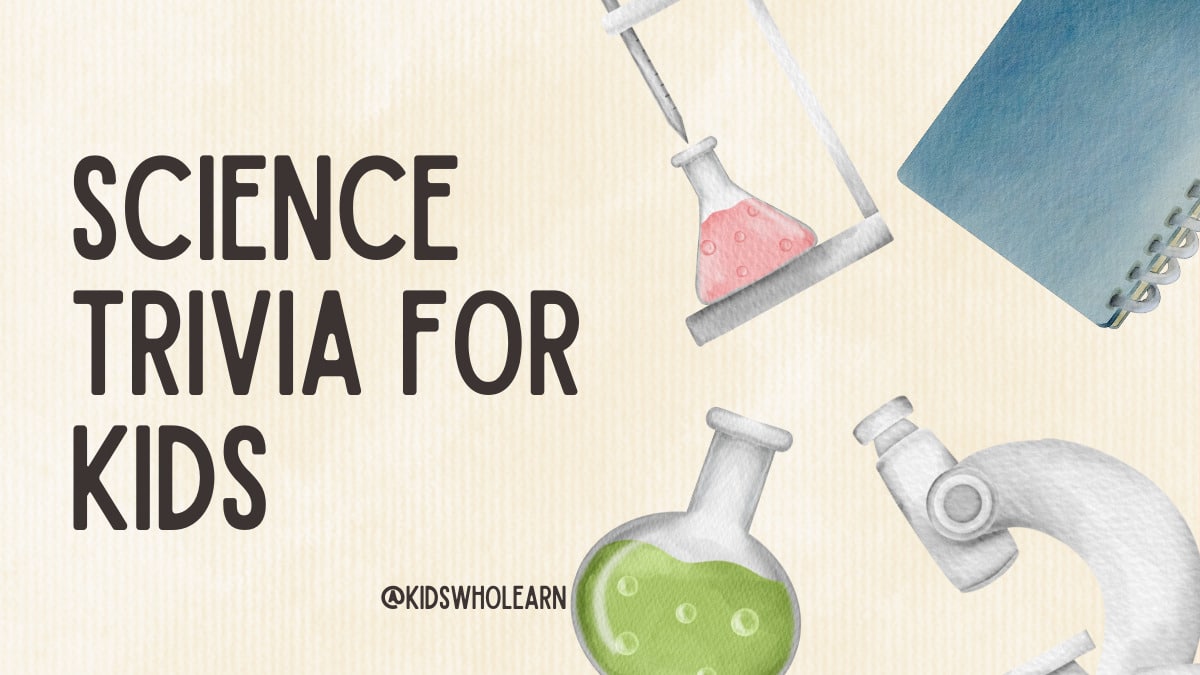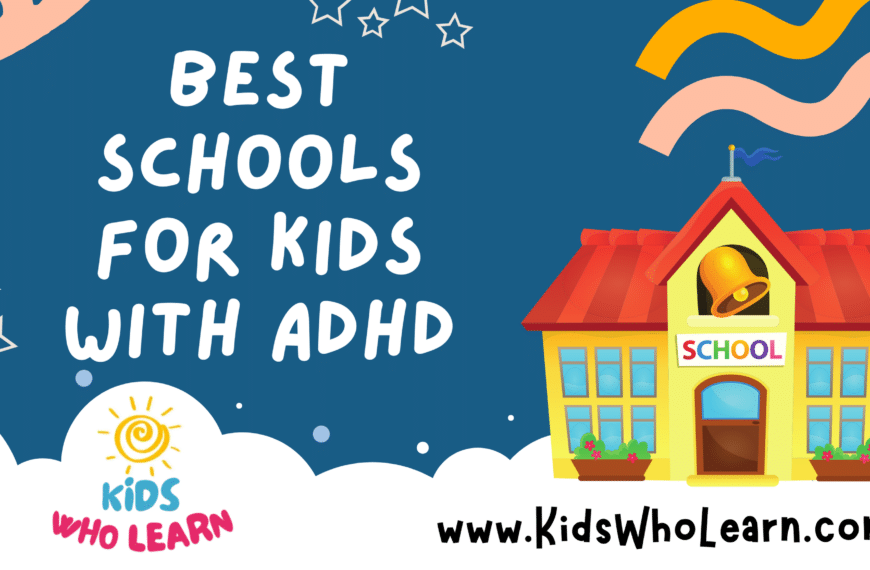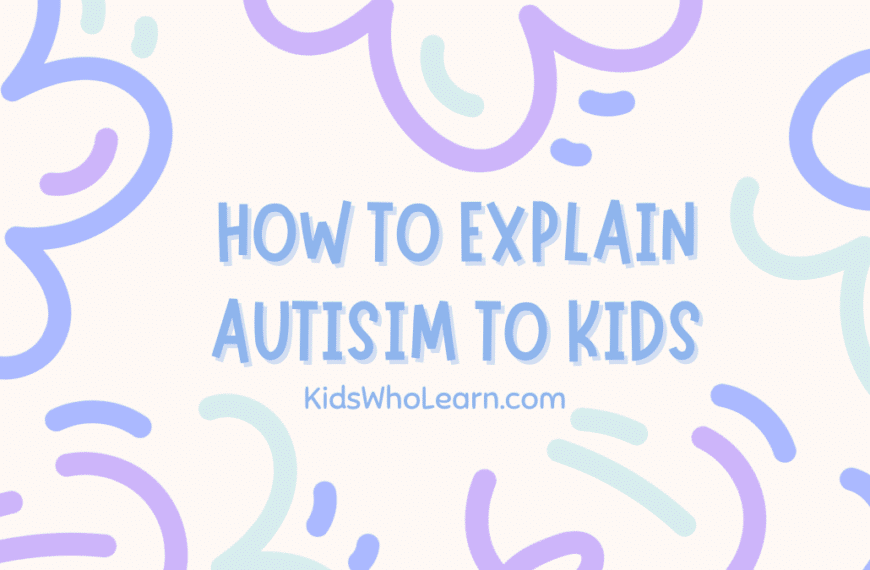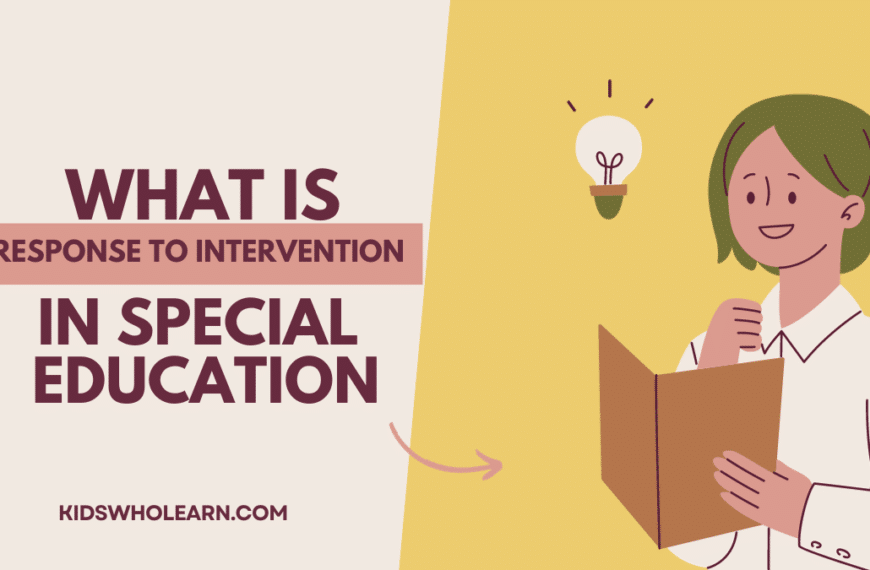If you’re a parent or caregiver of a child with special needs, you may have heard of RSP in special education. But what exactly is it? RSP stands for Resource Specialist Program, which is a specialized program designed to provide additional support and resources to students with learning disabilities or other special needs.
Understanding RSP in special education is crucial for parents and caregivers to ensure their child is receiving the appropriate support and resources they need to succeed academically. RSP teachers work closely with classroom teachers to develop individualized education plans (IEPs) for each student, which may include accommodations such as extended time on tests, one-on-one instruction, or assistive technology.
Key Takeaways
- RSP stands for Resource Specialist Program, which provides additional support and resources to students with special needs.
- RSP teachers work closely with classroom teachers to develop individualized education plans (IEPs) for each student.
- RSP can provide accommodations such as extended time on tests, one-on-one instruction, or assistive technology.
Understanding RSP in Special Education
If you or someone you know has a child with special needs, you may have heard of RSP in special education. RSP stands for Resource Specialist Program, and it is a program designed to provide additional support and services to students with special needs.
The RSP program is typically offered in public schools and is designed to help students who need additional support in order to succeed in the classroom. This program is specifically designed for students who have an Individualized Education Plan (IEP) and who require specialized instruction.
The goal of the RSP program is to help students with special needs achieve academic success by providing them with the support and resources they need to succeed. This may include additional one-on-one instruction, access to specialized materials and equipment, and support from a team of educators and specialists.
If you believe your child may benefit from the RSP program, it is important to speak with your child’s teacher or school administrator to learn more about the program and how it can help your child succeed. The RSP program can be a valuable resource for students with special needs, and it is important to take advantage of the resources available to help your child succeed.
Benefits of RSP in Special Education
RSP (Resource Specialist Program) is a special education program designed to provide academic support to students with disabilities. This program offers a range of benefits that can help students succeed in school and beyond. Here are some of the benefits of RSP in special education:
Academic Advantages
RSP can provide students with the academic support they need to succeed in school. By working with a resource specialist, students can receive individualized instruction and support that is tailored to their specific needs. This can help students improve their academic skills and achieve their academic goals.
Some of the academic advantages of RSP include:
- Improved reading and writing skills
- Better understanding of math concepts
- Increased ability to stay focused and on task
- Enhanced study skills and test-taking strategies
- Improved organizational skills
Social and Emotional Benefits
In addition to academic advantages, RSP can also provide students with social and emotional benefits. By working with a resource specialist, students can receive support in developing social and emotional skills that are essential for success in school and in life.
Some of the social and emotional benefits of RSP include:
- Increased self-confidence and self-esteem
- Improved social skills and communication skills
- Enhanced problem-solving and decision-making skills
- Improved ability to manage stress and anxiety
- Increased ability to work collaboratively with others
Overall, RSP can provide students with the support they need to succeed in school and beyond. By providing academic, social, and emotional support, RSP can help students with disabilities achieve their full potential.
The Role of RSP Teacher
As an RSP teacher, you play a critical role in supporting students with disabilities in their academic and social-emotional growth. Your main responsibilities include providing specialized instruction, collaborating with general education teachers, and monitoring student progress.
Instructional Responsibilities
One of your primary responsibilities as an RSP teacher is to provide specialized instruction to students with disabilities. This instruction should be tailored to each student’s individual needs and should be aligned with their IEP goals. You may work with students one-on-one, in small groups, or in a co-taught classroom setting.
To ensure that your instruction is effective, you may use a variety of teaching strategies, such as:
- Differentiated instruction
- Multi-sensory instruction
- Explicit instruction
- Task analysis
- Peer tutoring
You may also use various forms of technology to support student learning, such as assistive technology, digital resources, and educational apps.
Collaboration with General Education Teachers
Collaboration with general education teachers is essential for ensuring that students with disabilities receive the support they need to succeed in the classroom. As an RSP teacher, you should work closely with general education teachers to:
- Develop and implement accommodations and modifications for students with disabilities
- Monitor student progress and adjust instruction as needed
- Share information about student strengths and challenges
- Provide professional development on special education topics
Effective collaboration requires strong communication skills and a willingness to work together to support student learning. You may need to schedule regular meetings with general education teachers, participate in team planning sessions, and attend parent-teacher conferences.
In conclusion, as an RSP teacher, you play a vital role in supporting students with disabilities. By providing specialized instruction and collaborating with general education teachers, you can help ensure that every student has the opportunity to succeed in school.
Process of RSP Placement
When a student is identified as needing support through the Resource Specialist Program (RSP), there is a process that must be followed to ensure appropriate placement and services. This section will outline the two main steps in the process: assessment and development of an Individualized Education Program (IEP).
Assessment
The first step in the process of RSP placement is assessment. This involves gathering information about the student’s academic and functional abilities, strengths, and needs. The assessment process may include formal testing, observations, and input from teachers and parents. The purpose of the assessment is to determine whether the student meets the eligibility criteria for RSP services and to identify specific areas of need.
Development of Individualized Education Program (IEP)
Once a student has been found eligible for RSP services, the next step is to develop an Individualized Education Program (IEP). The IEP is a written plan that outlines the student’s strengths, needs, and goals, as well as the services and accommodations that will be provided to support the student’s learning. The IEP is developed by a team of professionals, including the student’s parents, teachers, and any other relevant service providers.
The IEP must be reviewed and updated at least once a year to ensure that it continues to meet the student’s needs. The RSP teacher is responsible for implementing the services and accommodations outlined in the IEP and for monitoring the student’s progress towards their goals.
In summary, the process of RSP placement involves assessment to determine eligibility and identify areas of need, followed by the development of an Individualized Education Program (IEP) that outlines the services and accommodations that will be provided to support the student’s learning.
Challenges in RSP
Limited Resources
One of the biggest challenges in RSP is the limited resources available to educators. Special education programs require more funding, specialized equipment, and trained staff to provide individualized instruction to students with disabilities. However, many schools struggle to allocate sufficient resources to support RSP programs, leaving educators with limited options for providing the necessary services to their students.
Balancing Inclusion and Specialized Instruction
Another challenge in RSP is balancing the need for inclusion with the need for specialized instruction. While it is important for students with disabilities to be included in general education classrooms as much as possible, they may also require specialized instruction to meet their individual needs. This can be difficult for educators to navigate, as they must balance the desire for inclusion with the need to provide individualized instruction.
To address this challenge, educators must work collaboratively to develop individualized education plans (IEPs) that balance the need for inclusion with the need for specialized instruction. This may involve providing specialized instruction in a separate classroom or resource center while still allowing students to participate in general education classrooms as much as possible.
Overall, the challenges in RSP require educators to be creative, flexible, and resourceful in order to provide the best possible education to their students with disabilities. By working collaboratively and utilizing all available resources, educators can help ensure that all students receive the support they need to succeed.
Success Stories of RSP
RSP, or Resource Specialist Program, has helped many students with special needs achieve academic success. Here are some inspiring success stories of students who received RSP services:
- John: John was a student with dyslexia who struggled with reading and writing. After receiving RSP services, he was able to improve his reading skills and even started writing short stories. He went on to graduate from high school and attend college.
- Sarah: Sarah had ADHD and had trouble staying focused in class. With the help of her RSP teacher, she learned strategies to manage her attention and stay on task. She was able to improve her grades and eventually graduated with honors.
- Michael: Michael had a learning disability that made it difficult for him to understand math concepts. His RSP teacher provided him with individualized instruction and helped him develop a better understanding of math. Michael went on to pursue a career in engineering.
These success stories demonstrate the effectiveness of RSP services in supporting students with special needs. By providing individualized instruction and support, RSP can help students overcome their challenges and achieve their academic goals.
Conclusion
In conclusion, RSP is a crucial component of special education that provides individualized support to students with disabilities. The RSP program is designed to help students overcome their learning challenges and achieve academic success.
Through the use of various teaching strategies, accommodations, and modifications, RSP teachers work to ensure that students with disabilities are able to access the general education curriculum and meet the same academic standards as their peers. The RSP program also provides students with the opportunity to develop social skills, self-advocacy skills, and independence.
It is important to note that the success of the RSP program relies heavily on collaboration between RSP teachers, general education teachers, parents, and other professionals involved in the education of the student. By working together, these stakeholders can ensure that the student’s needs are being met and that they are receiving the appropriate support to succeed academically and socially.
Overall, the RSP program plays a vital role in the education of students with disabilities and is essential to ensuring that all students have access to a quality education. If you have a child with a disability, it is important to explore the RSP program and the support it can provide to your child.
Frequently Asked Questions
What is the Resource Specialist Program (RSP) and how does it support students in special education?
The Resource Specialist Program (RSP) is a special education service that provides academic support to students with disabilities. RSP teachers work with students in small groups or one-on-one to help them overcome academic challenges and develop skills to succeed in the classroom. The program is designed to provide personalized instruction and support to students with disabilities so that they can reach their full potential.
What is the difference between RSP and SDC in special education?
RSP and SDC are both special education programs that provide support to students with disabilities. RSP is a service that provides academic support to students in a general education setting, while SDC is a program that provides a separate classroom environment for students with disabilities. RSP teachers work with students in their regular classroom, while SDC teachers provide instruction in a separate classroom.
What are the responsibilities of an RSP teacher?
The responsibilities of an RSP teacher include providing academic support to students with disabilities, developing individualized education plans (IEPs), collaborating with general education teachers, and communicating with parents and other professionals. RSP teachers work closely with students to develop strategies to help them overcome academic challenges and succeed in the classroom.
What is the job description of an RSP teacher?
The job description of an RSP teacher includes providing academic support to students with disabilities, collaborating with general education teachers, developing and implementing individualized education plans (IEPs), and communicating with parents and other professionals. RSP teachers work closely with students to help them develop skills and strategies to succeed in the classroom.
What is the salary range for an RSP teacher?
The salary range for an RSP teacher can vary depending on location, years of experience, and level of education. According to the Bureau of Labor Statistics, the median annual salary for special education teachers was $61,030 in May 2020.
What is the role of RSP in the Individualized Education Program (IEP) process?
The RSP teacher plays a crucial role in the IEP process by developing and implementing individualized education plans for students with disabilities. The RSP teacher works with the student, parents, and other professionals to identify the student’s strengths and weaknesses and develop appropriate goals and strategies to help the student succeed in the classroom. The RSP teacher also monitors the student’s progress and adjusts the IEP as necessary to ensure that the student is making progress towards their goals.

